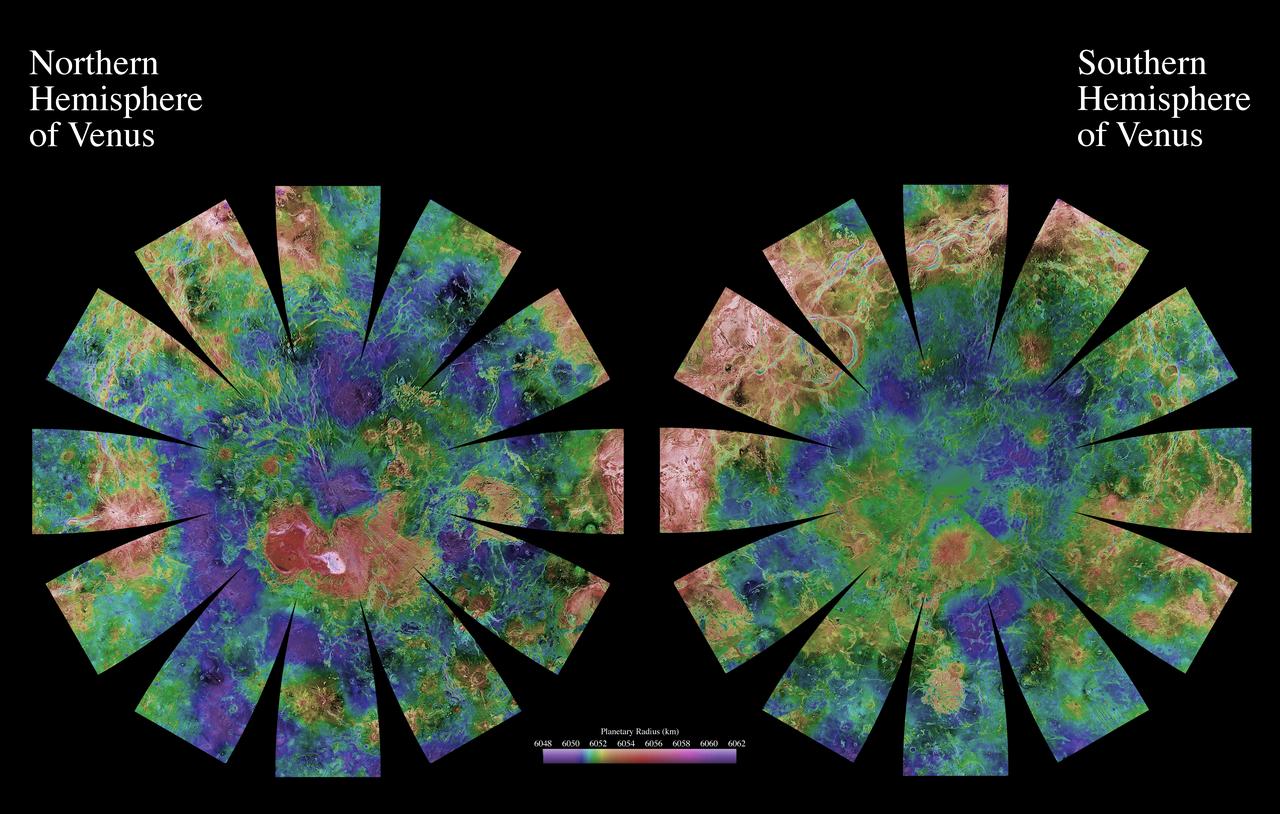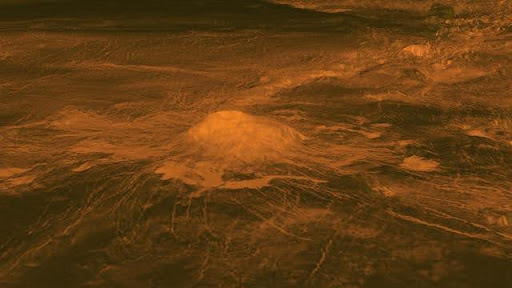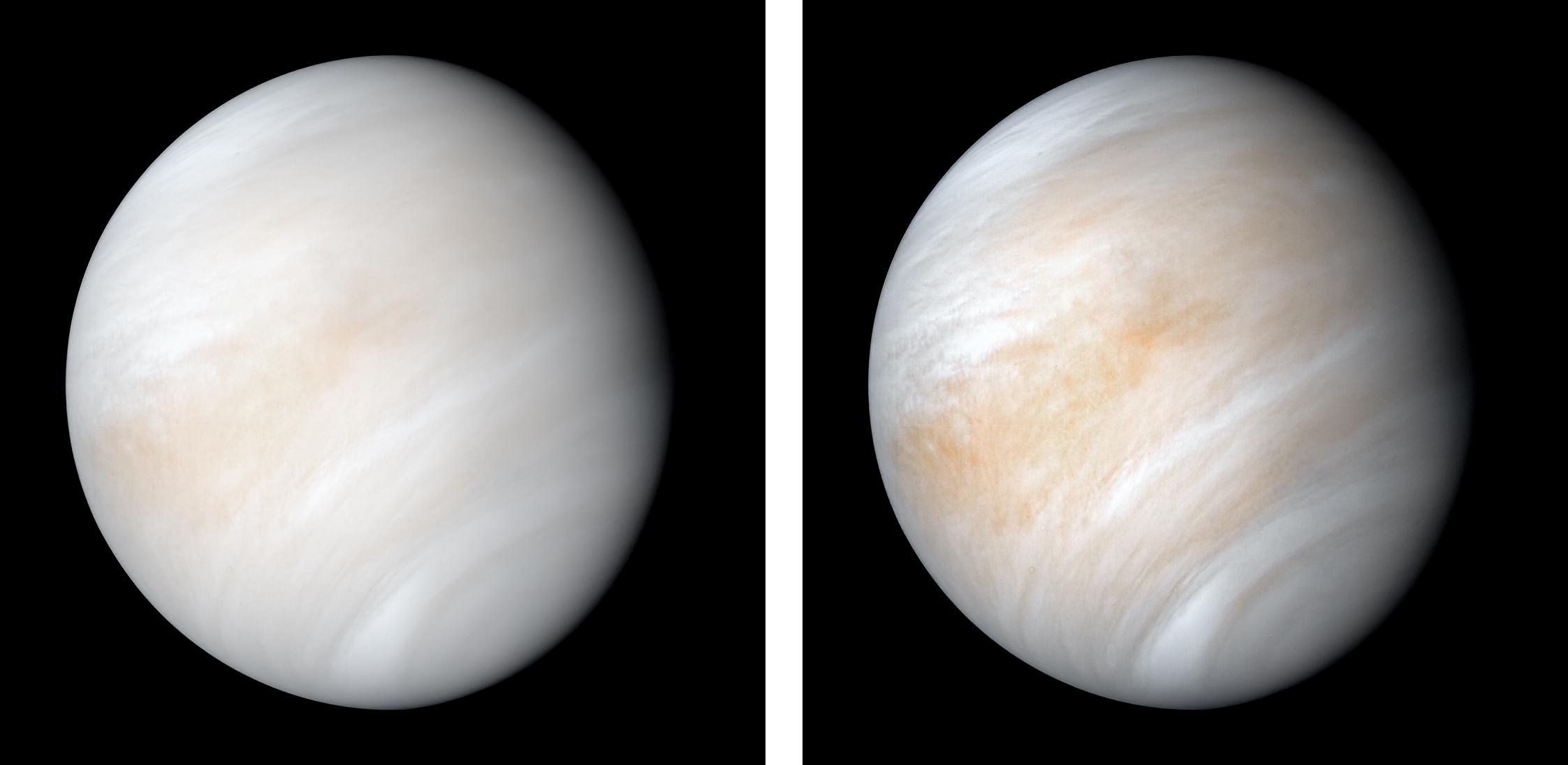Venus, often called the Earth’s twin, is a planet of extremes. As the hottest planet in the solar system, Venus’s thick atmosphere creates an immense greenhouse effect, pushing surface temperatures high enough to melt lead.
While Venus has been a subject of extensive research, studies have primarily focused on its atmosphere, geological activity, and volcanic history rather than resource extraction. Early theories even suggested the possibility of life in the upper cloud layers.
However, given what we now know about its extreme conditions, could Venus hold valuable resources that might support space colonization? And if so, would mining them ever be feasible?
The Formation and Geology of Venus

Venus, like other terrestrial planets, formed from the protoplanetary disk around the Sun about 4.6 billion years ago. Early in its history, Venus may have had vast amounts of water, possibly even an ocean. However, due to a runaway greenhouse effect, Venus lost its liquid water as its atmosphere thickened with carbon dioxide. Unlike Earth, where tectonic plates are the primary force shaping the landscape, Venus does not exhibit evidence of active plate movement.
Instead, the planet’s surface has been primarily shaped by volcanism, which remains the dominant geological process. Venus is covered in vast volcanic plains, towering highland regions, and unique geological formations such as pancake domes or coronae. Recent findings suggest that Venus may still experience active volcanic activity, indicating that its surface continues to be reshaped.
This ongoing volcanism is also used to explain one of Venus’ most unusual features – its low number of impact craters. While its dense atmosphere burns up many smaller incoming cosmic objects before they reach the surface, the relatively young age of the terrain suggests that frequent volcanic resurfacing plays a major role in erasing older craters, constantly renewing the planet’s landscape.
Another notable difference between Venus and Earth is its lack of a magnetic field. Unlike Earth, which has a strong internally generated field, Venus only has an induced magnetic field formed by interactions between the solar wind and its dense atmosphere. This weak field contributes to the gradual stripping of Venus’ lighter atmospheric molecules into space, which may have accelerated its loss of water over time.
Potential Resources on Venus
Despite its extreme environment, Venus may contain valuable materials that could support space industry and exploration. Several key resources could be extracted from its surface and atmosphere:
Minerals and Metals
Venus’ extreme volcanic activity plays a huge role in shaping its surface and influencing its potential resource deposits. If any significant concentrations of valuable materials exist, they are likely tied to Venus’ magmatic processes and unique highland precipitation phenomena rather than typical ore formation processes seen on Earth.
Volcanic-Related Metal Deposits

Due to the widespread and ongoing volcanism, some of the most probable mineral resources on Venus would be similar to magmatic nickel sulfide deposits found on Earth. These deposits form when molten rock cools and crystallizes, concentrating metals like nickel and iron. There is also speculation that komatiite-related deposits, rich in nickel, copper, and platinum-group elements, could still be forming on Venus due to its active mantle dynamics.
Even if such deposits exist, extracting them would be impractical. Mining metals like nickel and iron from asteroids in the solar system would be significantly easier, as asteroids contain vast amounts of these materials in environments that are far more accessible and cost-effective to mine. Unlike Venus, asteroids require no extreme heat-resistant mining equipment or technology to withstand crushing atmospheric pressures.
“Metal Snow” on the Highlands
One of Venus’ most fascinating surface features is the presence of what scientists refer to as “metal snow”. Radar measurements from past missions, such as Venus Express, have detected highly reflective regions at the peaks of Venus’ tallest mountains, some of which rise over 11 kilometers in elevation. The best explanation for this phenomenon is that these areas are coated in lead and bismuth sulfide deposits.
This process occurs because of Venus’ intense heat gradient:
- In the lowlands, where temperatures exceed 900°F (475°C), metals such as lead and bismuth are vaporized and enter the atmosphere as gas.
- As these gases rise to the cooler highland regions, they condense and precipitate out of the air, coating the mountain peaks with a metallic layer, much like frost forming on Earth’s mountain tops.
While this phenomenon is remarkable, the practicality of mining these deposits remains highly questionable. The exact thickness and concentration of these metal-rich layers are unknown, and operating machinery on Venus – even at the relatively cooler highland temperatures – would still require extreme engineering solutions.
However, what makes these metal snow deposits intriguing is the potential scarcity of lead in other space environments. Lead is rare on the Moon, Mars, and within most asteroids, meaning that Venus could theoretically be a unique source of this metal if it were ever possible to extract it. While mining Venus remains unlikely, understanding its highland geochemistry could provide insight into resource availability elsewhere in the solar system.
Atmospheric Elements

Venus’ dense atmosphere contains elements that could have potential uses in space operations, particularly nitrogen and sulfur compounds:
- Nitrogen – Although a minor component, making up about 3.5% of the Venusian atmosphere, nitrogen is a crucial element for space habitation. It can be used in life support systems, as a buffer gas in breathable air mixtures, and as a building block for various chemical processes essential for sustaining future human colonies.
- Sulfur Compounds – Venus’ atmosphere is dominated by sulfur chemistry, with sulfur dioxide (SO₂) playing a key role. This gas breaks down under ultraviolet radiation, forming sulfur monoxide (SO) and disulfur monoxide (S₂O). These, in turn, react to produce disulfur (S₂) and other sulfur allotropes, including S₄ and S₈, which contribute to the mysterious UV absorption observed in Venus’ clouds.
Scientists have also identified sulfuric acid droplets as a major component of the Venusian cloud layers, forming a thick and highly reflective barrier around the planet. This sulfur-rich chemistry has raised scientific interest, not only in understanding Venusian atmospheric processes, but also in exploring how sulfur interactions might influence planetary science, including potential applications for geoengineering on Earth.
The abundance of sulfur compounds in Venus’ atmosphere means that, in theory, they could be harvested for industrial applications in space. However, given the extreme conditions and the difficulty of extraction, practical use remains speculative. As you can see, even a planet as extreme as Venus may hold resources that could benefit a spacefaring civilization. However, whether we can actually extract and utilize them remains an open question.
Why Mining on Venus Is Very Unlikely

While Venus has some resources, extracting them poses enormous challenges and makes mining on the planet highly unlikely, even in the distant future.
Here are the most important ones:
1. Extreme Temperatures and Atmospheric Pressure
- Venus’ deep atmosphere exerts pressures up to 90 times greater than Earth’s, which would crush standard equipment in minutes.
- Surface temperatures exceed 900°F (475°C), making it difficult to operate machinery or landers for extended periods. Any equipment sent to Venus must be designed to withstand extreme heat and pressure, requiring advanced thermal-resistant materials.
- The planetary atmosphere prevents easy heat dissipation, meaning cooling systems for landers or mining machinery would need to be highly advanced and resistant to thermal damage.
2. Harsh Chemical Composition
- The chemical composition of the Venusian atmosphere includes sulfuric acid, which quickly corrodes most materials. This poses a challenge for long-term robotic operations or human presence.
- Absorption residuals and UV absorption effects create additional obstacles to long-term sensor functionality and energy collection.
- The electric field on Venus could interfere with electronic equipment, requiring advanced shielding and insulation techniques.
3. Lack of Liquid Water
- Unlike Earth or Mars, Venus has no liquid water or ice, making traditional mining and processing techniques difficult. Extracting usable materials will require dry-processing methods and new technology adapted to Venus’ extreme conditions.
Future Missions and Exploration
Even though mining Venus is unlikely, the planet is still a fascinating scientific target. Its extreme environment, mysterious geology, and unusual metal snow deposits raise plenty of questions worth exploring. That’s why NASA and other space agencies are planning new missions to take a closer look, helping us understand Venus’ history, atmosphere, and what makes it so different from Earth.
Here are the most important upcoming missions:
DAVINCI+ Mission:
- The DAVINCI+ mission will study the deep atmosphere, measuring atmospheric composition to understand how Venus evolved and whether it once had conditions suitable for life.
- It will analyze the cloud cover and detect possible signs of life in the upper cloud layer, investigating unusual UV absorption patterns.
- The mission will drop a titanium probe into Venus’ atmosphere in 2031, gathering data on temperature, pressure, and chemical makeup as it descends.
VERITAS Mission:
- VERITAS (Venus Emissivity, Radio Science, InSAR, Topography, and Spectroscopy) will create 3D topographical maps of Venus, identifying key geological features and studying the extent of volcanic plains.
- The mission will enter a low-altitude polar orbit, using synthetic aperture radar to map surface features and study geological activity in high detail.
- VERITAS will also analyze Venus’s Emissivity to identify rock types and detect active volcanic activity, helping scientists determine the planet’s geological history and resource potential.
A Harsh but Valuable Resource Frontier
While the resources Venus has to offer are likely limited, and mining them remains nearly impossible, the planet still reveals how diverse mineral deposits can be beyond Earth. The discovery of metal snow on its highlands, for example, is a striking example of how extreme environments can create entirely new types of resources.
Studying these unique geological processes helps expand our understanding of planetary science and the possibilities of resource formation across the solar system.
Upcoming missions like DAVINCI+ and VERITAS will be crucial in better understanding Venus’ geology and resource potential, as well as determining whether its extreme environment leaves any possibility, however remote, for resource extraction in the future.
These missions will provide valuable data on the planet’s unique mineral formations and offer deeper insights into Venus’ volcanic and atmospheric processes.